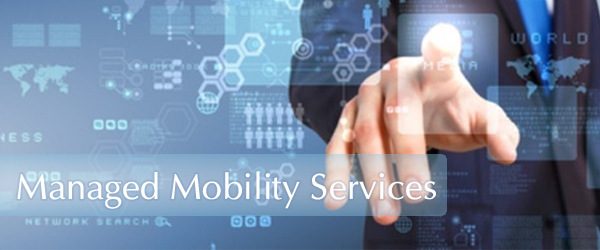

Can Unified Endpoint Management help with GDPR?
The European Union’s (EU’s) General Data Protection Regulation (GDPR) goes into effect on May 25. If your enterprise mobility effort plans to lock program data down with GDPR, consider Unified Endpoint Management (UEM) the key to your company’s next-generation security. As businesses incorporate mobile technology into an increasing number of everyday workflows and processes, keeping employee devices and data safe will become more important than ever. That’s where UEM enters the equation…
If you’re not familiar with UEM, essentially it allows an enterprise to secure all IT assets and endpoints—that means smartphones, tablets, laptops, etc.—from one management platform. This not only increases issue visibility, but also enhances GDPR compliance and reporting efforts in multiple ways. Let’s explore a few:
User Authentication
UEM can enforce device lock screens and require users to create unique login passcodes, enhancing data security and proving to regulatory agencies the company is in control of data privacy and has taken appropriate steps to protect it.
Data Encryption
While data encryption is somewhat dependent on which devices are being used, businesses under GDPR must be able to audit and enforce effective security measures across all mobile technologies. UEM makes it easy by enabling enterprises to encrypt all data stored and shared across any device.
Remote Data Wiping
In a worst-case scenario where a device is lost or stolen, being able to remotely wipe personal information before it falls into the wrong hands is crucial. Even in everyday scenarios, like when a mobile phone is recommissioned or an employee leaves the company, UEM ensures enterprise data privacy and security by removing all previous user profiles and information.
Mobile Application Management
Perhaps no environment is more risky than typical malware-ridden mobile application stores. UEM eliminates these dangers entirely by giving an organisation the ability to whitelist and blacklist specific apps, set devices into single-app mode (a.k.a. kiosk mode), and even create a custom app store that features only work-approved apps and software solutions.
Software Updates
UEM also streamlines ongoing data security tasks by creating a central viewpoint to assess each individual device’s current software versions. That means the enterprise can push a new application or software update to any number of devices, guaranteeing personal data is protected from technology’s most modern and dangerous threats.
Reporting and Logging Data
In addition to the benefits above, UEM creates the opportunity to deliver an extensive list of data security and privacy reports. Rather than scrambling and searching for days on end, any GDPR-related request can be satisfied immediately to prove all potential vulnerabilities have been eliminated. A consistent, accurate, and comprehensive mobility program view makes it much easier for data controllers to do their jobs.











